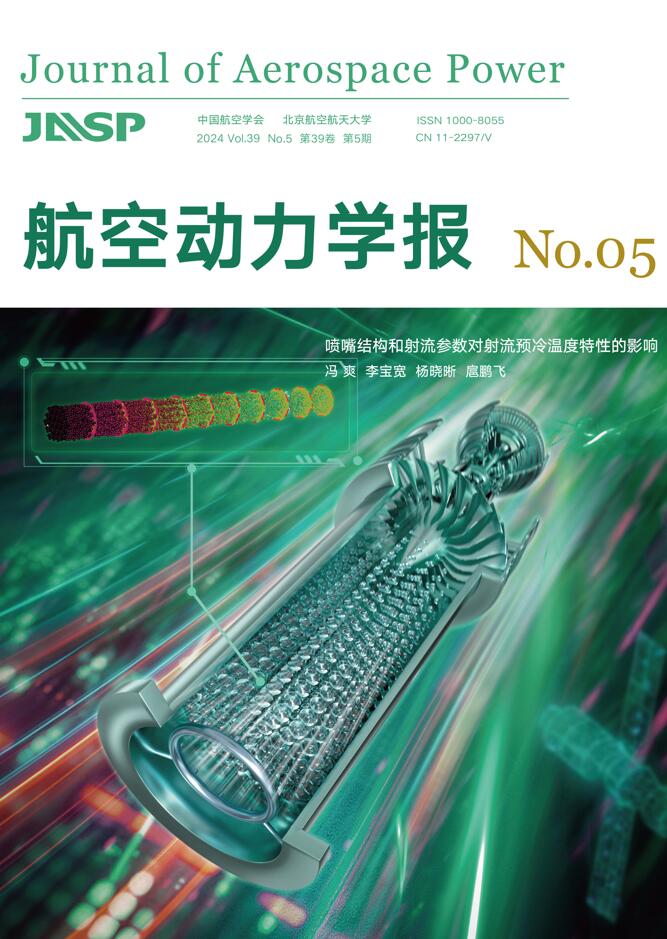2013 Vol. 28, No. 11
Display Method:
2013, 28(11): 2401-2407.
Abstract:
2013, 28(11): 2408-2418.
Abstract:
2013, 28(11): 2419-2429.
Abstract:
2013, 28(11): 2430-2439.
Abstract:
2013, 28(11): 2440-2447.
Abstract:
2013, 28(11): 2448-2454.
Abstract:
2013, 28(11): 2455-2461.
Abstract:
2013, 28(11): 2462-2467.
Abstract:
2013, 28(11): 2468-2474.
Abstract:
2013, 28(11): 2475-2482.
Abstract:
2013, 28(11): 2483-2494.
Abstract:
2013, 28(11): 2495-2502.
Abstract:
2013, 28(11): 2503-2509.
Abstract:
2013, 28(11): 2510-2516.
Abstract:
2013, 28(11): 2517-2525.
Abstract:
2013, 28(11): 2526-2535.
Abstract:
2013, 28(11): 2536-2542.
Abstract:
2013, 28(11): 2543-2552.
Abstract:
2013, 28(11): 2553-2560.
Abstract:
2013, 28(11): 2561-2566.
Abstract:
2013, 28(11): 2567-2571.
Abstract:
2013, 28(11): 2572-2578.
Abstract:
2013, 28(11): 2579-2586.
Abstract:
2013, 28(11): 2587-2592.
Abstract:
2013, 28(11): 2593-2599.
Abstract:
2013, 28(11): 2600-2608.
Abstract:
2013, 28(11): 2609-2614.
Abstract:
2013, 28(11): 2615-2620.
Abstract:
2013, 28(11): 2621-2626.
Abstract:
2013, 28(11): 2627-2633.
Abstract:
2013, 28(11): 2634-2640.
Abstract:







